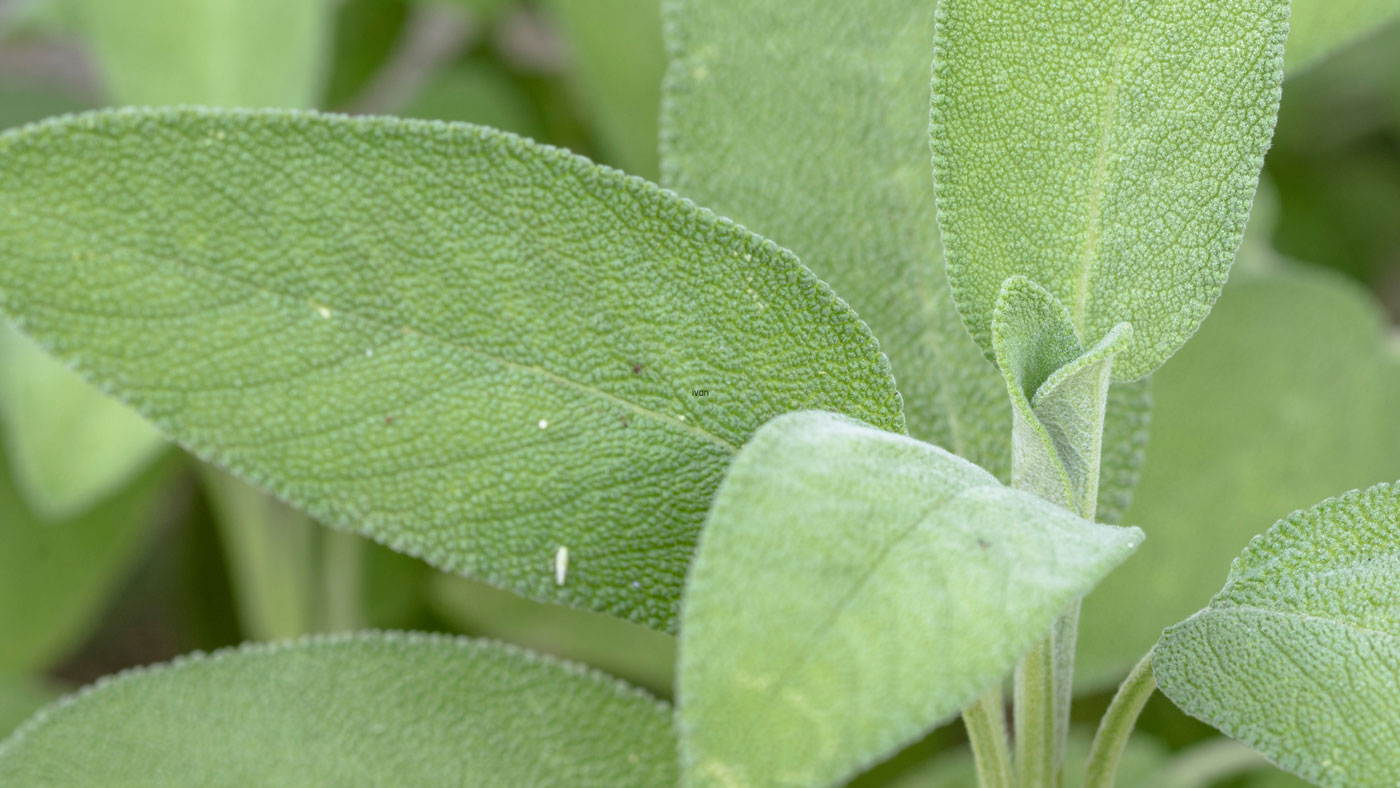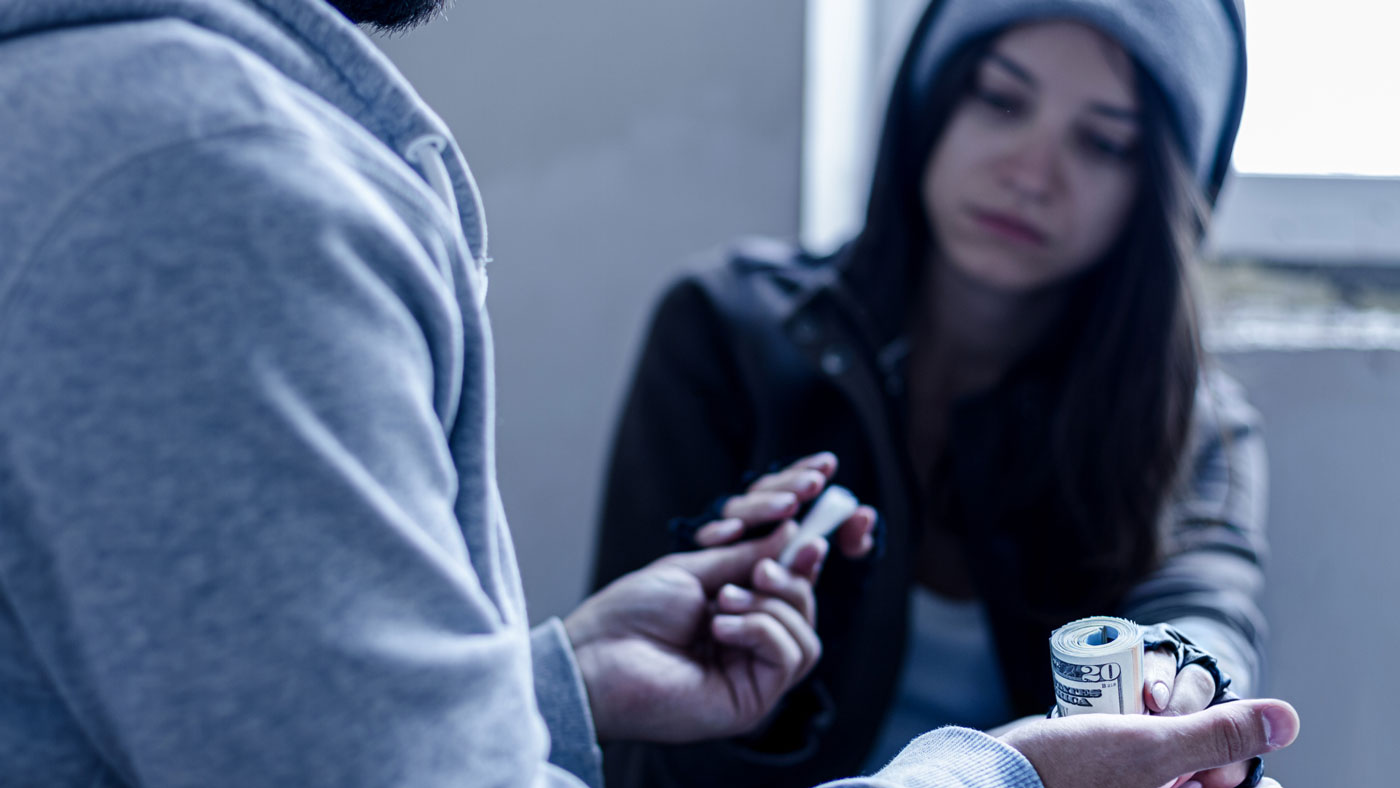
Table of Contents
Key Points
- Salvia is a drug that causes hallucinogenic effects for the person who is taking it.
- There is a chance that salvia can cause adverse physical and mental effects.
- Salvia looks similar to marijuana because they are both plants that have the ability to be smoked.
- There is a chance that someone who takes salvia regularly may develop a dependence on the drug.
Salvia is short for Salvia divinorum.[1] It is a herb contained in the mint family. It is typically used for the hallucinogenic effects that it has when used. The active ingredient, salvinorin A, is considered to be the most potent natural psychoactive drug. This drug causes various effects on the body and the mind.
Salvia goes by many different street names. These names will allow someone to obtain the drug through illicit means. Street names of salvia include:
- Diviner’s Sage
- Sally-D
- Maria Pastora
- Magic Mint
- Lady Sally
- Ska Pastora
- Lady Salvia
- Incense Special
- Purple Sticky
- Leaf of Prophecy
- Sage of the Seers
- Hierba Maria
- Shepherdess’s Herb
- The Female
The use of salvia has increased since there are some states where you can legally find the drug. Even though salvia may be legal in some areas it still carries risks and side effects that can be unpleasant to the user.
How Is Salvia Used?
Salvia can be used in various forms. The dried leaves can be smoked from a pipe, bong, or rolled into a tobacco cigarette. Fresh leaves are often held under the tongue and absorbed through the oral mucosa to achieve their psychoactive effects. Some people will also eat the fresh leaves or chew them and spit them out. In some areas, salvia can be made into a tea or tincture and consumed orally.
The different forms of consumption may cause the drug to last longer or shorter. The amount or dosage of the drug will also cause longer or shorter effects of salvia.
What Does Salvia Look Like?
Because salvia is a plant part of the herb family, it will have a similar look to sage or other herbs. The physical form of salvia will have a hollow square-shaped stem and hairy or velvety leaves that have jagged edges.[2] The plant will be present with a violet-blue calyx surrounding a white corolla. The crushed and dried leaves of the plant will have a blackish-green, brownish, or dark-green color to them. This is due to a high concentration of pigments present in the plant.
 Effects Of Salvia
Effects Of Salvia
There are many effects on the mind and body that salvia produces. These effects can cause many different feelings and emotions in the person who takes the drug. While the effects of the drug may be intense, they typically don’t last a long time.
Mental Effects
Salvia is a hallucinogenic drug. This is the primary reason that people seek out the drug. They are often looking to have a “high” or “trip” that is similar to the effects of acid and LSD. The mental effects of salvia can be felt very quickly, usually within 5 to 10 minutes of inhaling or smoking the drug.
Mental effects of salvia include:
- Altered reality
- Distorted perceptions of surroundings
- Feeling detached from reality
- Having an “out-of-body” experience
- Auditory and visual hallucinations such as vivid colors, extreme shapes, or seeing bright lights
- Uncontrollable laughter
- Slurred speech
- Fear or anxiety that can occur from a “bad trip”
- Time distortion
- Confusion
- Delusion
- Increased appreciation of music
- Restlessness
Physical Effects
While the mind will experience most of the effects of salvia, there is a chance that physical effects can take place as well. These physical effects can make taking the drug less enticing.
Some physical effects of salvia include:
- Loss of motor control and coordination
- Nausea
- Irregular or fast heartbeat
- Dizziness
- Increased body temperature
- Uncontrolled body movements
- Pain relief
How Long The Effects Last
Salvia can last a shorter or longer amount of time depending on the method it was taken and the dosage. When salvia is smoked the effects can begin within 15 to 60 seconds and can last for 15 minutes or less.[3]
When salvia is taken orally or placed under the tongue the effects take a little longer to begin. They will usually start within 10 to 20 minutes and will last about 30 to 90 minutes.
Factors That Impact The Effects Of Salvia
Like with any psychedelic drug, the effects of salvia can be impacted by many different factors. These factors may contribute to how intense the effects are for a person and how they last. Some factors will also impact whether or not the experience becomes a bad trip or not.
Salvia affects people differently based on factors that include:
- The amount and dosage taken
- If the person has taken it before
- Their physical health, weight, and size
- How potent the dosage is
- Whether or not the drug is used with other substances
- The user’s environment
When someone takes salvia and they are not in a good mindset or environment, it may cause them to have a bad trip. This is especially the case with people who take the drug when they are depressed. Due to the psychological effects the drug has, people who are in a noisy environment may become anxious and fearful.
Side Effects and Health Risks Of Salvia
Aside from the physical and mental effects of salvia, there are some health risks to take into account. While salvia is marketed as a “natural” or “legal” high it still carries health risks to those that use it. These health risks may not be ideal for those that try using salvia.
Some health risks of salvia include:
- Physical side effects – Whether salvia is used by itself or with other drugs or alcohol, those that used it were more likely to experience gastrointestinal, neurological, and cardiovascular side effects.
- Anxiety – Panic attacks, anxiety, and paranoia can be risks when using salvia. When these emotions are felt there is a higher chance that someone will experience a bad trip.
- Dependency – Those that use salvia regularly may develop a dependency on the drug. This is often the case when someone is chasing the “high” feeling that the drug provides. When the drug is taken often it will cause someone to want to achieve the same effects as the first time they took the drug.
- Long-term memory and effects on learning – One study done on rats shows that long-term memory and learning may be affected when salvia is taken.[4] These long-term effects may cause many problems for someone in the long run.
Treatment For Salvia Dependence and Substance Use Disorder
When someone begins to depend on the drug salvia to have euphoria and feel-good feelings, it can cause dependency. There are treatment options available to those that are struggling with overusing and misusing the drug. Treatment for salvia dependence would be similar to those for other hallucinogenic or dissociative drugs.
There are currently no medications on the market that can treat salvia dependence disorder but there are a wide range of behavioral therapies available. Depending on the severity of the issue inpatient rehabilitation, outpatient services, or partial hospitalization may occur. To learn more about what treatment options are available to you, give us a call. We will help you get on your path to recovery.
Frequently Asked Questions About Salvia
Below are some of the most frequently asked questions surrounding Salvia.
OCEAN RECOVERY EDITORIAL GUIDELINES
The internet contains a vast amount of misinformation, but when it comes to your health only peer reviewed, research centered data matters. At Ocean Recovery, all content published throughout our website has been rigorously medically reviewed by a doctorate level clinician, and cross checked for medical accuracy. Our editorial process helps our readers trust that the information they are consuming is factual and based upon scientific data. Your health is our top priority, find out more about how we safeguard the integrity of information on our website. Read More About Our Process

 Effects Of Salvia
Effects Of Salvia


